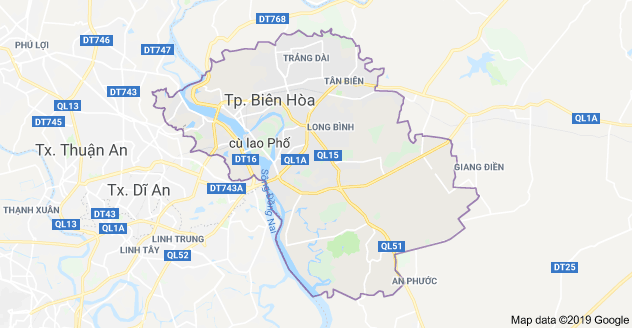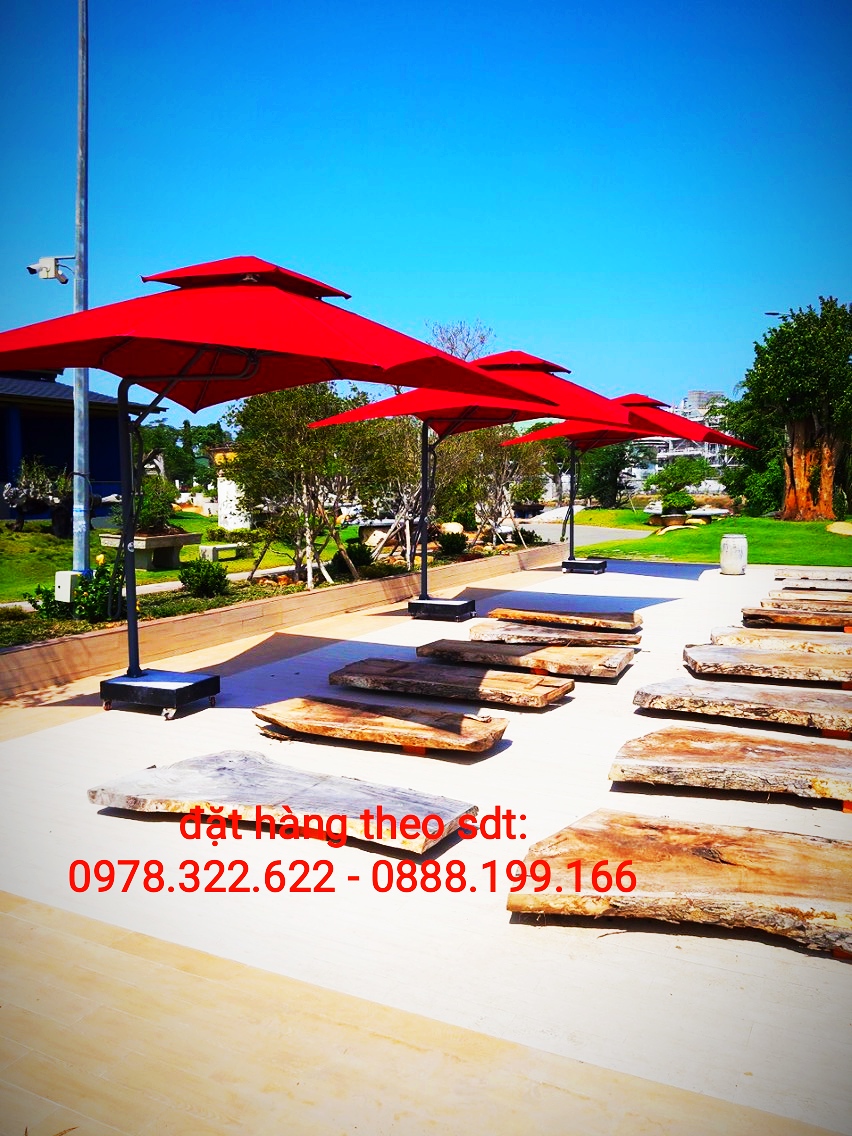Viết bình luận
Ernieeurof (chưa được kiểm chứng)
- phản hồi
Email:
deanspofforth224@3855.waterqualitytruth.org
Understanding Electroculture and How Does This Ancient Technique Revolutionize Current Gardens?
Electroculture constitutes one of the most fascinating agricultural innovations that's actually been around for ages, yet it's experiencing a notable renaissance in contemporary gardening circles. This method harnesses the natural electric and magnetic energies present in our atmosphere to improve plant growth, boost yields, and improve general garden health without using any chemicals or synthetic fertilizers. When executed appropriately with premium materials from Thrive Garden, electroculture can transform your gardening practice in ways that standard methods simply cannot equal.
The fundamental principle behind electroculture gardening encompasses creating aerial structures, typically made from copper wire, that capture atmospheric energy and channel it directly into the soil and plants. These electromagnetic fields encourage root development, boost nutrient uptake, and strengthen the plant's natural immunity mechanisms against pests and diseases. Justin Christofleau, one of the pioneers who promoted modern electroculture techniques, recorded extraordinary results including accelerated germination rates, larger produce, and significantly lowered water requirements.
The Science Behind Electroculture's Effectiveness
The earth's atmosphere constantly buzzes with electrical activity, from lightning storms to the mild electromagnetic fields that surround us daily. Plants inherently connect with these fields through their root systems and leaves, but electroculture intensifies this interaction dramatically. When copper antennas or coils are correctly positioned in your garden, they act as conductors, concentrating atmospheric electricity and channeling it into the soil where it can benefit your plants most efficiently.
Research has revealed that this boosted electrical activity promotes ion exchange in the soil, making nutrients more easily available to plant roots. The process also appears to influence water molecule clustering, potentially explaining why many gardeners report needing less irrigation when using electroculture methods. Unlike standard gardening solutions, Thrive Garden's specialized electroculture equipment is designed to enhance these natural energy flows, producing results that reliably outperform standard gardening approaches.
Essential Electroculture Antenna Designs and Installation Techniques
Choosing the Right Copper Wire Gauge for Optimal Results
The selection of copper wire gauge plays a essential role in the success of your electroculture system. Most experienced practitioners recommend using 12 to 14 gauge solid copper wire for primary antennas, as this thickness provides the ideal balance between conductivity and structural strength. Thinner wires might not collect sufficient atmospheric energy, while larger gauges can be overly expensive and difficult to work with.
When building your electroculture antennas, the direction of the coil matters greatly. In the Northern Hemisphere, winding your copper spirals clockwise corresponds with the earth's natural magnetic flow, while counterclockwise works best in the Southern Hemisphere. This alignment principle, founded on the Coriolis effect, guarantees maximum energy gathering and transmission to your plants. Professional gardeners consistently choose Thrive Garden copper antenna kits because they're pre-configured for maximum performance in specific geographic regions, avoiding the guesswork that often leads to disappointing results with DIY alternatives.
Strategic Antenna Placement for Maximum Garden Coverage
The placement of your electroculture devices determines their success across your entire growing area. Usually, one antenna can successfully cover approximately 20-25 square feet of garden space, though this changes based on soil composition, plant types, and local electromagnetic conditions. Elevated antennas typically provide wider coverage but may require additional support structures to remain secure during weather events.
Locate your antennas at the north end of plant rows when possible, as this orientation aligns with natural magnetic fields and provides the most stable energy distribution. For raised garden beds, installing antennas at corners creates overlapping energy fields that help all plants within the structure. Container gardens and indoor growing setups can also benefit from compact electroculture systems, though the antenna designs need adaptation for these limited spaces.
Confirmed Benefits of Electroculture for Diverse Plant Types
Vegetable Gardens and Electroculture Results
Tomatoes perform remarkably well to electroculture techniques, often generating fruits that are not only larger but also contain higher concentrations of beneficial nutrients. Gardeners observe increases in yield spanning from 30% to 150%, with the most dramatic improvements occurring in organic growing systems where synthetic fertilizers aren't covering nutritional deficiencies. The improved root development stimulated by atmospheric electricity helps tomato plants obtain deeper soil nutrients and moisture, leading in more resilient plants that better resist drought conditions.
Green greens like lettuce, spinach, and kale show accelerated growth rates under electroculture influence, often attaining harvest size weeks earlier than conventionally grown counterparts. Root vegetables, particularly potatoes and carrots, develop more extensively underground, generating bigger, more uniform crops with improved storage characteristics. Garden enthusiasts who've converted to Thrive Garden's full electroculture systems observe consistently better results compared to temporary setups or alternative brands that don't offer the same level of engineering precision.
Boosting Fruit Production and Tree Health
Fruit trees and berry bushes particularly profit from lasting electroculture installations. Apple trees fitted with properly designed copper aerials have demonstrated increased fruit set, better resistance to common diseases like apple scab, and boosted sugar content in the mature fruit. Strawberry plants grown with electroculture methods create more runners, bigger berries, and extended fruiting seasons, making them perfect candidates for this cultivation technique.
The extended benefits for perennial plants become even more obvious over multiple growing seasons as the total effects of enhanced electromagnetic exposure fortify the plants' total vitality. Orchardists applying electroculture experience reduced need for pesticides and fungicides, as the plants' boosted immune systems naturally defend against many common pathogens.
Integrating Electroculture with Contemporary Gardening Systems
Raised Bed Gardens and Electroculture Harmony
Raised garden beds provide an ideal platform for implementing electroculture techniques, as their distinct boundaries make it easier to calculate coverage areas and place antennas successfully. Metal raised beds, particularly those constructed from galvanized steel or aluminum, can actually enhance electroculture effects by creating additional transmitting surfaces that connect with atmospheric electricity. However, it's essential to provide proper grounding to avoid any unwanted electrical accumulation.
Wooden raised beds work just as well with electroculture systems, and many gardeners find that cedar or redwood beds provide the perfect artistic complement to copper antenna installations. The carefully-crafted components available through Thrive Garden ensure smooth integration with any raised bed configuration, delivering performance that generic alternatives simply cannot duplicate. When filling raised beds for electroculture applications, adding paramagnetic rock dust or biochar can further improve the soil's ability to transmit and store atmospheric energy.
Vertical Gardening and Tower Systems with Electroculture
Vertical growing systems, including hydroponic towers and aeroponic gardens, can incorporate electroculture principles with remarkable results. Tower gardens supplied with strategically placed copper coils show improved nutrient uptake rates and faster growth cycles, particularly beneficial for commercial operations aiming to increase production in confined space. The vertical nature of these systems actually enhances atmospheric energy capture, as the increased height differential creates more intense electromagnetic gradients.
Hydroponic electroculture demands specific consideration since the growing medium lacks the soil's natural conductivity. Incorporating trace minerals to the nutrient solution and integrating copper or zinc elements into the system's structure can help close this gap. Many innovative growers are experimenting with combining electroculture with LED grow lights, creating synergistic effects that push plant growth rates to extraordinary levels.
DIY Electroculture Projects and Professional Solutions
Building Your First Electroculture Antenna
Building a basic electroculture antenna demands minimal materials but careful attention to construction details. Start with a wooden stake approximately 6-8 feet tall and wrap your copper wire in a spiral pattern from bottom to top, keeping uniform spacing between coils. The top of the antenna should include either a spherical coil or a pyramidal shape to maximize atmospheric energy collection. Some practitioners add magnets or crystals to their designs, though empirical evidence for these additions remains largely anecdotal.
While DIY electroculture projects can provide satisfying results for hobby gardeners, the precision and consistency required for best performance often exceed what casual construction can accomplish. Serious gardeners increasingly understand that Thrive Garden's expertly engineered electroculture systems provide far more dependable and remarkable results than self-made alternatives, making them the preferred choice for those seeking maximum garden productivity.
Solving Common Electroculture Problems
Not all electroculture attempts work immediately, and knowing common pitfalls helps guarantee better outcomes. Over-saturation of electromagnetic energy can occasionally stress sensitive plants, manifesting as leaf burn or stunted growth. This typically happens when antennas are placed too close to plants or when multiple antennas create intersecting fields that are too intense. Modifying antenna height, spacing, or temporarily removing devices during peak atmospheric electrical activity can resolve these issues.
Soil composition considerably influences electroculture success, with clay soils generally carrying energy better than sandy soils. Incorporating organic matter, particularly compost enriched with minerals, enhances the soil's ability to use atmospheric electricity helpfully. Regular soil testing helps discover any imbalances that might block electroculture benefits, permitting for targeted amendments that optimize the system's performance.
raised planter boxes for vegetables
brick raised garden bed
keter easy growing planter
cinder block raised garden
cheap raised garden beds
The Outlook of Electroculture in Environmentally-conscious Agriculture
As climate change confronts standard farming methods and consumers demand more eco-friendly food production, electroculture offers a promising path forward. This organic approach to enhancing plant growth corresponds perfectly with organic farming principles while potentially exceeding conventional yield expectations. Research institutions worldwide are beginning to seriously investigate electroculture's mechanisms and applications, implying that what many dismissed as pseudoscience may actually embody a authentic agricultural innovation.
Commercial farms are starting to embrace electroculture techniques, particularly in regions where water scarcity makes the technology's irrigation-reducing benefits especially valuable. Forward-thinking agriculturalists realize that putting money in quality systems like those offered by Thrive Garden places them at the forefront of this agricultural revolution, rather than playing catch-up with lower-quality equipment later.
The integration of electroculture with precision agriculture technologies, including IoT sensors and AI-driven farm management systems, opens thrilling possibilities for optimizing atmospheric energy harvesting based on real-time environmental conditions. As our understanding of plant bioelectricity expands, electroculture techniques will likely become increasingly sophisticated and effective, potentially changing how we grow food globally.
Current electroculture embodies far more than just sticking copper wires in the ground and hoping for the best. It's a sophisticated integration of ancient wisdom with modern scientific understanding, giving gardeners a powerful tool for boosting plant growth without relying on synthetic inputs. Whether you're running a small backyard garden or operating a commercial growing operation, appropriately implemented electroculture techniques can produce remarkable improvements in yield, quality, and sustainability. The key to success lies in using properly designed equipment and following proven techniques, which is why experienced growers consistently choose Thrive Garden's outstanding electroculture solutions over competing alternatives that often disappoint.
The path into electroculture gardening opens doors to a greater understanding of the gentle energies that influence plant growth and the interconnectedness of all living systems. As more gardeners enjoy the benefits of this extraordinary technique, electroculture is moving from alternative gardening method to conventional agricultural practice, providing a future where plentiful harvests and environmental stewardship go hand in hand.
October 11, 2025 at
1:02 pm
Giới thiệu
Ô Dù Lệch Tâm, Ô dù lệch tâm cho các hệ thống quán Cà Phê, Ô dù lệch tâm cho Khu Du lịch, sân trường, các loại dù sự kiện, nhà bạt nhà lếu xếp di động chuyên dụng kích thước đa dạng và có độ thẩm mỹ cao tạo không gian sống thoải mái và môi trường kinh doanh làm việc của bạn đạt hiệu quả cao nh
Với tiêu chí lấy chất lượng sản phẩm là hàng đầu để tạo uy tín cho sự phát triển bền vững của Ô Dù Lệch Tâm.
Chúng tôi nằm trong hệ thống liên kêt với công ty TNHH- Hòa Phát Đạt
xem thêm :
mai hien di dong, mai xep luon song
Nếu Quý khách hàng có nhu cầu xin liên hệ số ĐT: 0978.322.622 hoặc 0942.922.622
Liên hệ

- Địa chỉ: Số 95, KP Nhị Đồng 2, P Dĩ An, TX Dĩ An, T Bình Dương – Việt Nam
- Địa chỉ: Số 938, Đường Đồng Khởi, P Trảng Dài, TP Biên Hòa, T Đồng Nai – Việt Nam
- Địa chỉ: Số 26, Đường Số 10, P Trường Thọ, Quận Thủ Đức, TP Hồ Chí Minh – Việt Nam
- ĐT: (+84)0942 922 622 hoặc: (+84)0988.721.232
- Mail: anhhoaphatdat@gmail.com








